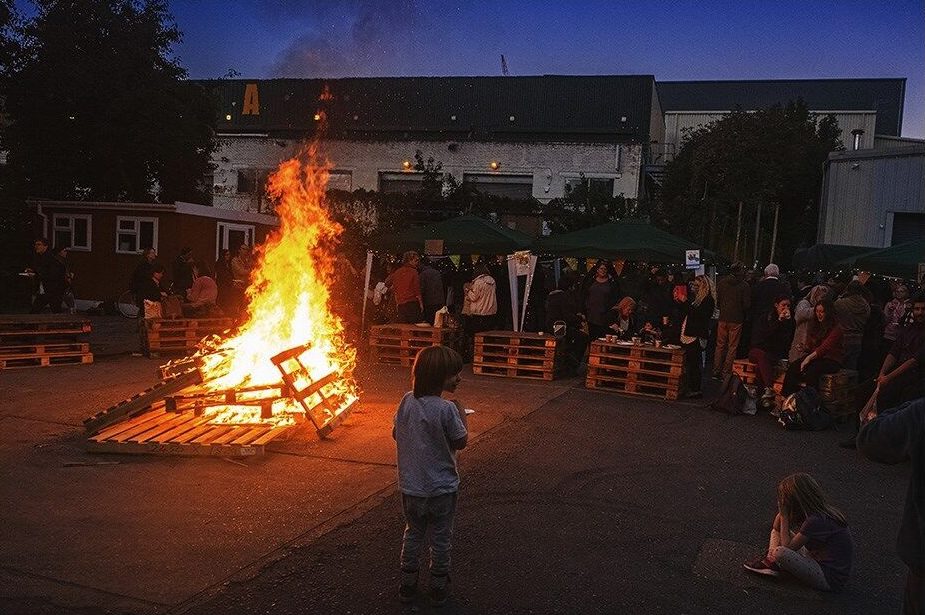West Kensington and Gibbs Green are two adjacent estates in LB Hammersmith & Fulham. The estates contain 760 homes and close to 2,000 residents, but were due to be sold off to developers.
Over two thirds of households are members of West Ken & Gibbs Green Community Homes Limited (WKGGCH), the company set up by residents to take over the ownership of their estates. The Members have elected a Board which is made up of 14 residents and 4 housing experts. The Board meets every couple of months to progress its founding aim, which is to improve the neighbourhood and save the estates by transferring them into community ownership under resident control.
The Lillie Road site is a significant infill opportunity which can be delivered following the Right to Transfer proposal for the estates.
How we’re helping
We have supported a feasibility study and advised on co-design at Lillie Road. The initial feasibility work has been completed and used to support discussions with the council. We have advised on delivery models and development partnership options.
